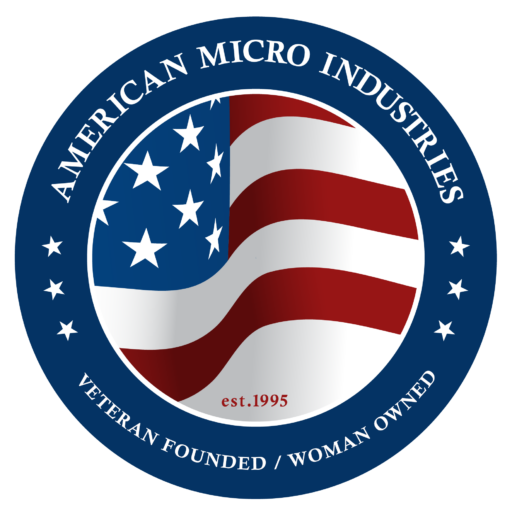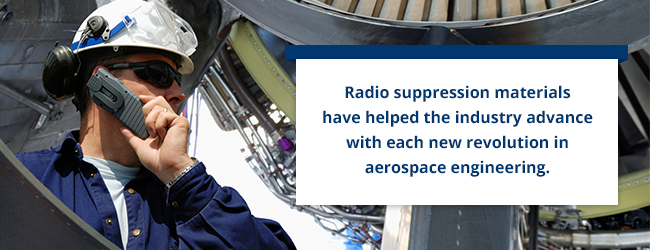Custom Aerospace Components From American Micro Industries
If you need a custom aerospace component, get in touch with American Micro Industries. As a premier components manufacturer, we take pride in our custom capabilities, particularly our custom machining services. We offer the following CNC machining services for our machined components:
- Rigid foam machining
- Carving foam machining
- Phenolic machining
- CNC machine turning
- CNC machine milling
- CNC screw machining
- Plastic machining
When you work with American Micro Industries, we take care of the custom machining ourselves. We have full in-house capabilities that allow us to oversee component creation from beginning to end, ensuring a seamless communication flow and a consistent design and fabrication approach. You’ll gain peace of mind of knowing some of the most experienced professionals in the business are creating your parts and doing all we can to ensure their high performance in critical aerospace and aviation applications.
Contact American Micro Industries for Aerospace Industry Solutions
Out of all the forms of travel, the greatest miracle of human engineering has been aviation. But for humans to travel at such high altitudes, the design and construction of aircraft must be held to the highest possible standards.
At American Micro Industries, we’ve helped clients from the field develop solutions for custom aerospace industry components for more than 20 years. To learn more about what we can do for your operation, visit one of our services pages. Or contact us today to get started on a custom order.





